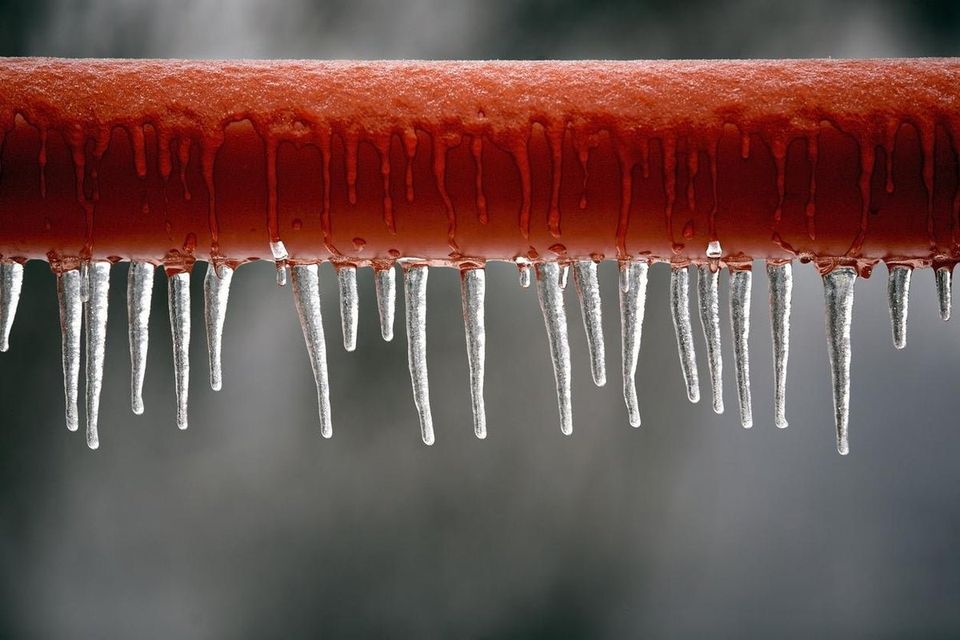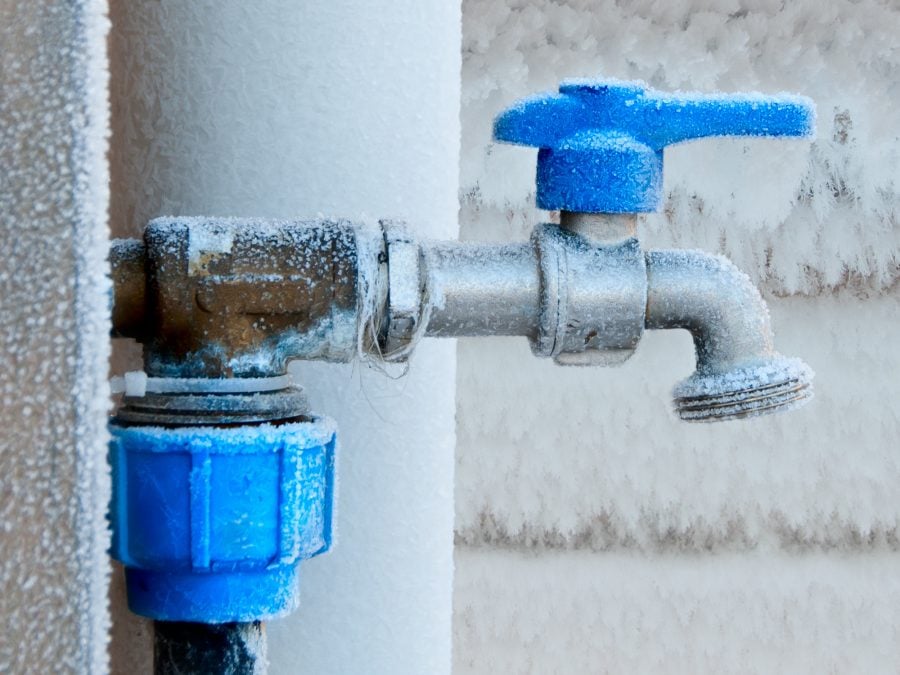Presented here on the next paragraphs you'll find a good deal of quality answers in regards to 6 Ways to Prevent Frozen Pipes.

Winter can ruin your pipes, specifically by freezing pipelines. Right here's exactly how to avoid it from occurring and what to do if it does.
Intro
As temperatures decrease, the threat of frozen pipes increases, potentially leading to pricey fixings and water damages. Comprehending just how to stop icy pipelines is essential for house owners in cold climates.
Avoidance Tips
Protecting susceptible pipes
Wrap pipelines in insulation sleeves or use heat tape to secure them from freezing temperatures. Concentrate on pipes in unheated or outside areas of the home.
Heating methods
Maintain indoor spaces effectively heated up, particularly areas with pipes. Open cabinet doors to enable cozy air to circulate around pipes under sinks.
Exactly how to recognize icy pipes
Try to find decreased water circulation from taps, uncommon odors or sounds from pipelines, and noticeable frost on exposed pipes.
Long-Term Solutions
Structural changes
Think about rerouting pipes far from outside wall surfaces or unheated areas. Add extra insulation to attic rooms, cellars, and crawl spaces.
Upgrading insulation
Purchase top notch insulation for pipes, attics, and walls. Appropriate insulation aids preserve constant temperature levels and reduces the risk of icy pipelines.
Safeguarding Outdoor Plumbing
Yard hoses and outdoor taps
Separate and drain yard hoses before wintertime. Mount frost-proof spigots or cover outdoor faucets with shielded caps.
Comprehending Icy Pipes
What triggers pipes to ice up?
Pipes freeze when exposed to temperature levels listed below 32 ° F (0 ° C) for extended periods. As water inside the pipes ices up, it expands, putting pressure on the pipe wall surfaces and possibly triggering them to rupture.
Risks and damages
Icy pipelines can lead to water system disruptions, property damages, and costly fixings. Ruptured pipes can flooding homes and cause considerable structural damage.
Signs of Frozen Piping
Recognizing frozen pipelines early can avoid them from breaking.
What to Do If Your Pipelines Freeze
Immediate activities to take
If you suspect icy pipes, maintain faucets available to alleviate pressure as the ice melts. Use a hairdryer or towels taken in hot water to thaw pipes gradually.
Final thought
Preventing icy pipelines needs aggressive steps and quick reactions. By comprehending the causes, signs, and safety nets, homeowners can secure their plumbing during cold weather.
Helpful Tips to Prevent Frozen Pipes this Winter
UNDERSTANDING THE BASICS: WHY PIPES FREEZE AND WHY IT’S A PROBLEM
Water freezing inside pipes is common during the winter months, but understanding why pipes freeze, and the potential problems it can cause is crucial in preventing such incidents. This section will delve into the basics of why pipes freeze and the associated problems that may arise.
THE SCIENCE BEHIND FROZEN PIPES
When water reaches freezing temperatures, it undergoes a physical transformation and solidifies into ice. This expansion of water as it freezes is the primary reason pipes can burst. As the water inside the pipe freezes, it expands, creating immense pressure on the walls. If the pressure becomes too great, the pipe can crack or rupture, leading to leaks and water damage.
FACTORS THAT CONTRIBUTE TO PIPE FREEZING
Low Temperatures: Extremely cold weather, especially below freezing, increases the risk of pipes freezing. Uninsulated or Poorly Insulated Pipes: Pipes located in unheated areas, such as basements, crawl spaces, or attics, are more prone to freezing. Insufficient insulation or lack of insulation altogether exacerbates the problem. Exterior Wall Exposure: Pipes running along exterior walls are susceptible to freezing as they encounter colder temperatures outside. Lack of Heating or Temperature Regulation: Inadequate heating or inconsistent temperature control in your home can contribute to frozen pipes. PROBLEMS CAUSED BY FROZEN PIPES
- Pipe Bursting: As mentioned earlier, the expansion of water as it freezes can cause pipes to burst, resulting in significant water damage.
- Water Damage: When pipes burst, it can lead to flooding and water damage to your property, including walls, ceilings, flooring, and personal belongings.
- Structural Damage: Prolonged exposure to water from burst pipes can compromise the structural integrity of your home, leading to costly repairs.
- Mold and Mildew Growth: Excess moisture from water damage can create a favorable environment for mold and mildew growth, posing health risks to occupants.
- Disrupted Water Supply: Frozen pipes can also result in a complete or partial loss of water supply until the issue is resolved.
WHY CERTAIN PIPES ARE MORE PRONE TO FREEZING
- Location: Pipes located in unheated or poorly insulated areas, such as basements, crawl spaces, attics, or exterior walls, are at higher risk of freezing.
- Exterior Pipes: Outdoor pipes, such as those used for irrigation or exposed plumbing, are particularly vulnerable to freezing as they are directly exposed to the elements.
- Supply Lines: Pipes that carry water from the main water supply into your home, including the main water line, are critical to protect as freezing in these lines can affect your entire plumbing system.
- Underground Pipes: Pipes buried underground, such as those connected to sprinkler systems or outdoor faucets, can be susceptible to freezing if not properly insulated.
https://busybusy.com/blog/helpful-tips-to-prevent-frozen-pipes-this-winter/

As a serious reader on How to prepare your home plumbing for winter weather, I figured sharing that blog post was a good idea. Liked our entry? Please quickly share it. Help other people find it. Thank-you for going through it.
Free Quote
 Jonathan Lipnicki Then & Now!
Jonathan Lipnicki Then & Now! Gia Lopez Then & Now!
Gia Lopez Then & Now! Batista Then & Now!
Batista Then & Now! Dolly Parton Then & Now!
Dolly Parton Then & Now! Nicholle Tom Then & Now!
Nicholle Tom Then & Now!